For most of our compatriots living far from the sea, the concept of "seafood" is practically limited to fish and even several popular species of living organisms like crayfish or squid. Such people would be very surprised to learn that, according to the rules, fish does not belong to seafood at all, standing out as a separate segment of the product. At the same time, for seaside residents, seafood can be the main food for years, and they know that this category of food is very diverse, and most importantly, it is comprehensively healthy and very tasty.
To diversify your own menu, you just need to delve into what is called seafood in general.
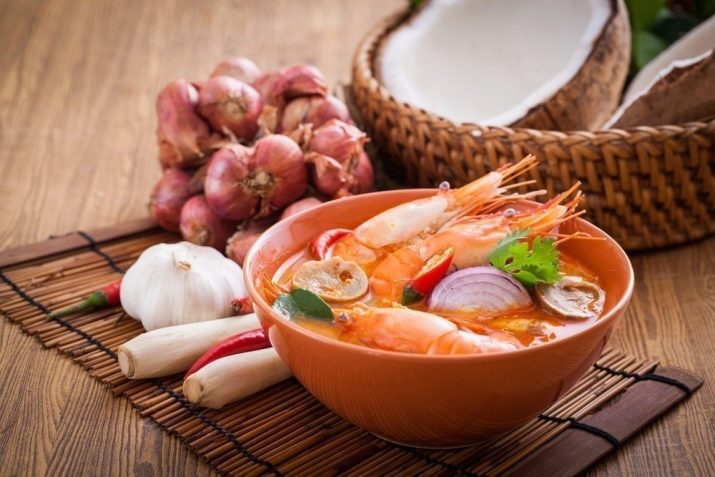
Names and types of seafood
To begin with, let's single out those who live in the sea, but still do not apply to seafood. From the list, you immediately need to remove fish, as well as mammals - whales and dolphins, if you suddenly get such an exotic product. All other varieties that a person eats suggest a classification into three main groups.
shellfish
The essence of mollusks is best described by how they are called in Russian - soft-bodied, that is, devoid of a bony skeleton in the thickness of the body. At the same time, some of them live in shells, having at least some protection from the outside world, while others seem completely defenseless against any physical impact. We note right away that most land mollusks are not edible, but with the inhabitants of water bodies the situation is completely different.
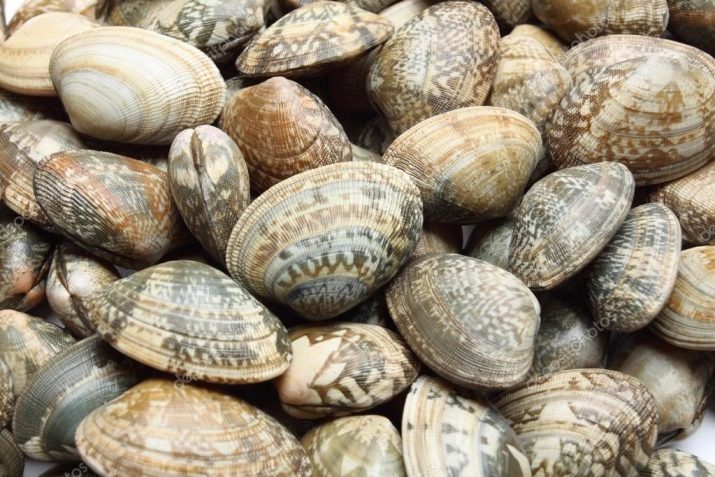
Most species of such creatures have remained a popular food for many peoples for thousands of years, and in recent decades have become available almost everywhere.
- So, historically, bivalve mollusks were the first to be eaten, whose share in the total number of soft-bodied mollusks is no more than one fifth. The choice fell on them due to the ease of their production, since many of these mollusks live in the shallows. Of the bivalve organisms, mussels and oysters are the best known.
- The vast majority of all mollusks on the planet belong to gastropods, but they are relatively little known as food, and even experienced gourmets cannot always boast that they know their taste. However, a fairly well-known snail belongs to this category, but if we talk specifically about seafood, then the list of the main commercial species is as follows: sea saucer, abalone, trumpeters, littorins, sea hares.
- We must not forget about cephalopods, which make up a small part of the mass as a whole, but represent a significant part of edible mollusks. Of all the soft-bodied ones that can be eaten, the taste of these particular creatures is most widely known, because the same dried squids are sold everywhere. Of the more unusual delicacies that are increasingly finding themselves on the shelves of supermarkets, it is also worth highlighting octopuses and cuttlefish.

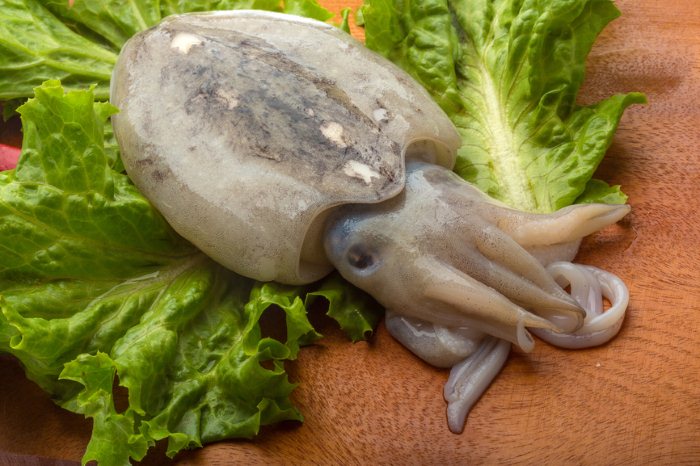
The importance of mollusks in the nutrition of people in all regions of the world has only increased in recent years, therefore, more and more often, humanity is moving away from the fishing of these creatures, preferring to grow them on special farms.
The easiest way to organize such options is for bivalves, however, as an exception, there are farms for other soft-bodied ones. Similar enterprises, although few so far, are already found in different parts of Russia.

Crustaceans
Representatives of this group of living beings are known to mankind much better, including in our country, since it was simple crayfish that for a long time were almost the only seafood that could dilute the eternal “hegemony” of fish. Acquaintance with this creature of the broad masses of the population turned out to be possible also because freshwater crayfish, which can be found in almost any lake or river, are actively used for food, so even those who have not seen the sea have heard of such a product for a long time.
Crustaceans lead a fundamentally different lifestyle, we are used to the fact that they are rather slow creatures, but some of them prefer to be completely motionless, rely largely on chance, as zooplankton drifting downstream does, or attach to the underwater part of ships, moving behind them. check.
As a rule, relatively mobile species are eaten.
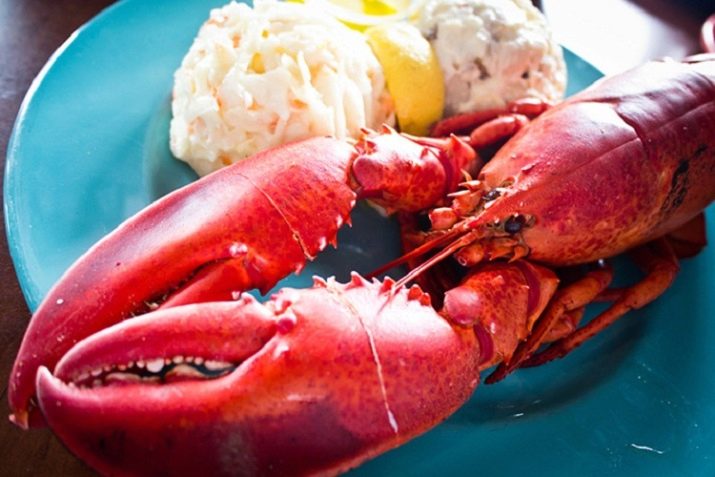
Actually crayfish are also found in the sea, but large salty reservoirs are more valued for such popular delicacies today as shrimp and crabs.
If the first two species are considered quite affordable, then lobster (aka lobster) usually refers to expensive delicacies, although this is true to a greater extent for really large individuals, and not for all lobsters without exception. In addition to the species described, various lobsters and langoustines, as well as balanus, are also mined.
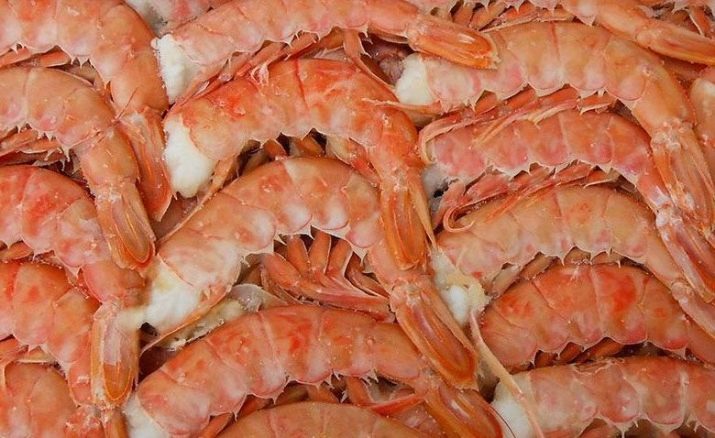
Among the latter, by the way, is the sea duck, which, to the surprise of many readers, in practice turns out to be much more expensive than the vaunted lobster. In the past few years, the harvest of another crustacean, whose fishery has been banned for a quarter of a century, has resumed, we are talking about krill.
Having tasted such unusual food, you can reasonably say that you feed on plankton.
As in the case of mollusks, in recent decades, special farms have been opened more and more intensively, making it possible to grow crustaceans artificially. Another thing is that there are still fewer such enterprises than for mollusks, and some of them also grow not commercial crustaceans, but feed for other fish farms.
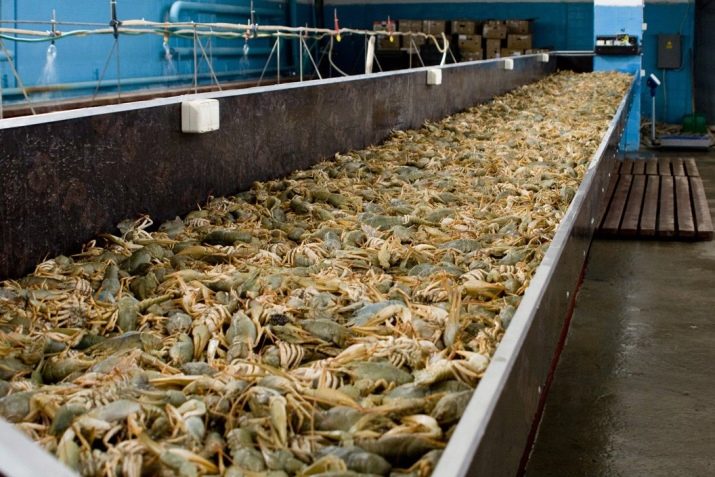
Echinoderms
This type of seafood is known to most people, if known, then mainly from films or books, since it is very difficult to get such a product in our country. The fact is that such creatures are found exclusively on the seabed, so at least they are not so easy to catch. Affecting their low prevalence and the fact that none of them is considered a universally recognized delicacy, such a cuisine can please a gourmet trying to find new experiences, but probably not everyone will like it.
In terms of species, sea cucumbers, holothurians (sea cucumbers) and some sea urchins are the most widely eaten. The total number of echinoderm species used for food is several dozen species. The main region of their catch is Southeast Asia, whose exotic culinary masterpieces do not often go beyond the territory.
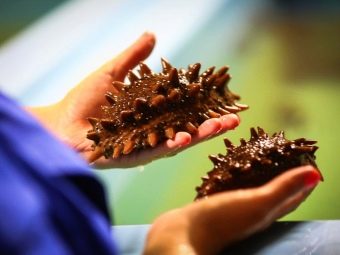 Trepangs
Trepangs
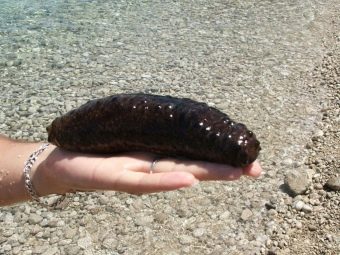 Holothuria
Holothuria
Which ones are the tastiest?
Matters of taste are a delicate matter, especially since hundreds of different types of seafood are consumed all over the world, prepared in a thousand different ways. Each person can have their own opinion about what kind of seafood is the most delicious.
- If we talk about the group of seafood in general, then crustaceans should be considered a generally recognized delicacy: the same shrimp are in great demand, not to mention the rarer crabs or familiar crayfish. However, real gourmets usually advise trying canned krill, which, according to them, slightly resembles the same shrimp, but greatly surpasses them in tenderness and richness of taste. But the famous lobsters, as a rule, do not particularly stand out in taste, they are more valued for their large size, although, of course, you cannot call them tasteless.
- Among bivalve molluscs, mussels and oysters do not differ radically in anything, except for tenderness, which is higher in the latter.

- If we talk about cephalopods, then squids are the most popular, the taste of which is probably familiar to many. It is this product that is most popular all over the world, and in a variety of cooking options - from dried shavings to smoked fillet, fried, boiled or baked. The same octopuses are called by many more tender, but only their tentacles can be considered a delicacy, while all other parts are not so impressive.
- As for the soft-bodied and echinoderm gastropods, such delicacies are certainly not for everybody. Suffice it to say that the taste of many sea cucumbers is described as something like sturgeon cartilage to understand that this is a very specific dish.

It should be noted that seafood dishes should be consumed not only for their pleasant taste, but also because of their usefulness for the body. First of all, all seafood is dietary, and if their preparation does not involve the use of huge amounts of salt, then they are very rarely harmful to humans, and even then, usually with specific recommendations for compiling the menu.
Healthy nutrition experts note that such food is very rich in vitamins, minerals and useful organic compounds, and all this is absorbed much better than in the case of the same beef or pork.
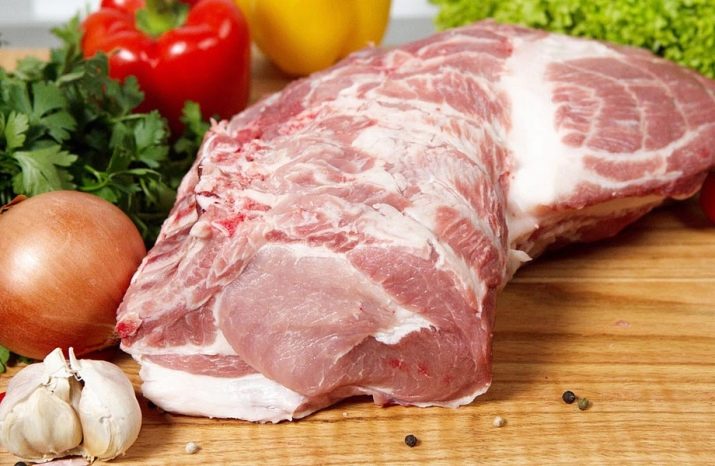
It is impossible not to notice that both deliciousness and usefulness are highly dependent on the region in which seafood is purchased. Modern technologies already make it possible to deliver such products even to places where the nearest sea is thousands of kilometers away, but most often suppliers have to freeze seafood so that they do not disappear on the road. As a result, both taste and benefits are partially lost, so experienced food lovers always advise choosing not so much the type of seafood as the region in which you will try it.
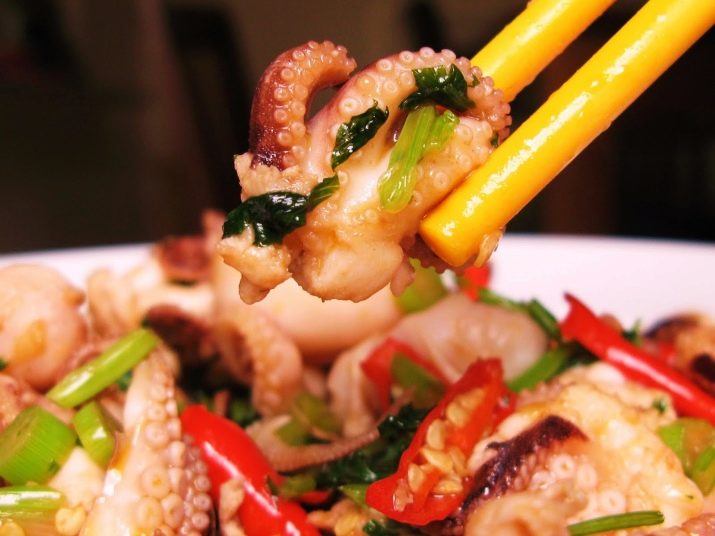
If you have never been particularly interested in such food before, and, accordingly, do not really know how to choose it, the chances of making the wrong choice only increase. To ensure that the impressions of the new taste remain only the best, we will give some popular tips to help you wisely invest in seafood.
- Exotic, overseas types of seafood can give a completely unusual experience, but the question is whether the supplier managed to bring them from afar, retaining the original taste and aroma. Unfortunately, deep freezing spoils the best properties of the dish, and delivery to a region where the use of such seafood is still not very popular only prolongs the period of its aging in a window in a frozen state. For this reason, it is worth starting an acquaintance with those products that are traded relatively close by or at least not brought from overseas.
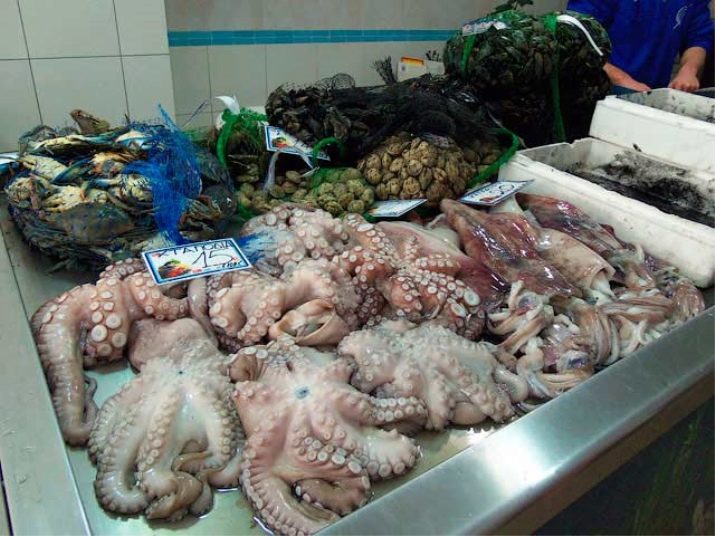
- The most expensive does not mean the best! Many Russians live far from the sea, so delivery plays a significant role in the pricing of marine animals. For this reason, the best seafood is usually sold at sea, where it is relatively inexpensive, and an overseas product sold somewhere in the depths of the continent could lose all its advantages by the time it was brought here.
- You should also not think that the cheapness of the product is always a plus. Low cost means saving on something, which for a product can be rather a minus. If you are on the coast, and even in a non-tourist region, and the offered seafood was caught literally here, then its price should really be low and this does not indicate mediocre quality. In all other cases, this usually indicates some neglect of the technology of delivery and storage, which is fraught with full-fledged food poisoning.

- If possible, try to buy seafood only in verified outlets. with a certain reputation, which can show the appropriate quality certificates. The fact is that most seafood are perishable products and the same freezing, which can significantly extend their shelf life, must be carried out using a special technology, otherwise the structure of tender meat will be broken. A stationary store located in the same place will try not to scare away its customers, therefore it will monitor the quality of procurement and storage.
But a random merchant in the market who does not issue a check can disappear any day and you cannot hold him accountable if he sells you a low-quality product.

- Buying exclusively from trusted suppliers, never rely solely on their authority and responsibility. Seafood spoils very quickly, and banal human inattention or even negligence often leads to the fact that among the fresh batch there are one or two stale specimens. Even the sanitary and epidemiological station cannot always keep track of this, so always, when choosing a seafood, first find out how to determine the degree of its freshness and never neglect such a check.
- In the case of home cooking a completely unfamiliar dish, it can be difficult to determine how well it turned out if you have no idea how it should taste. Because of this, special notes of taste and aroma are often not fully revealed, but the hostess does not even understand that the dish has not been brought to the ideal. To avoid such situations, try seafood first in someone else's cooking, ideally in a seafood restaurant.
For information on how to eat seafood, see the following video.



